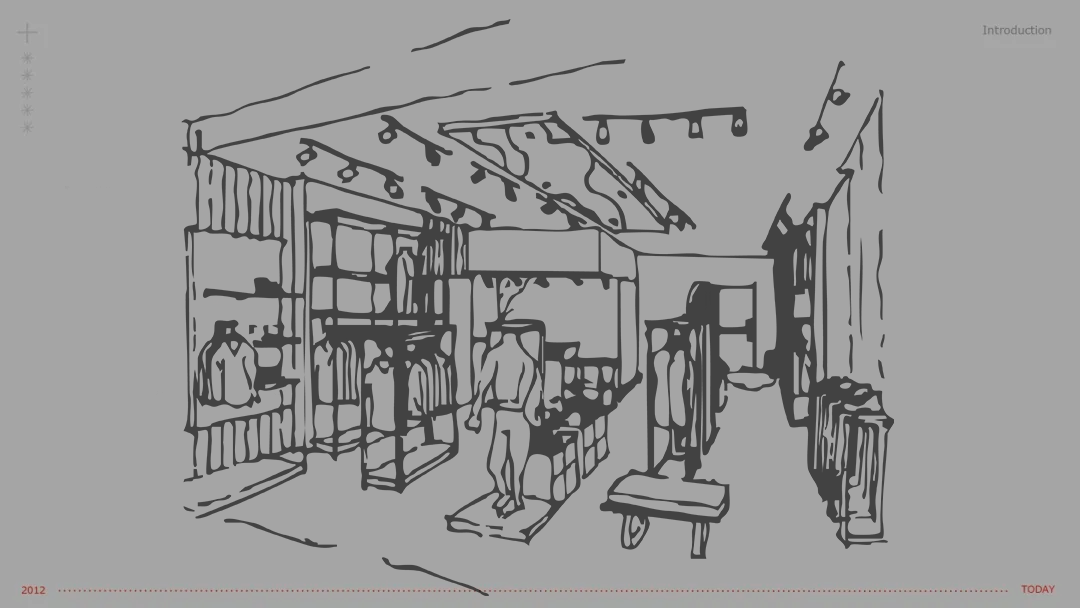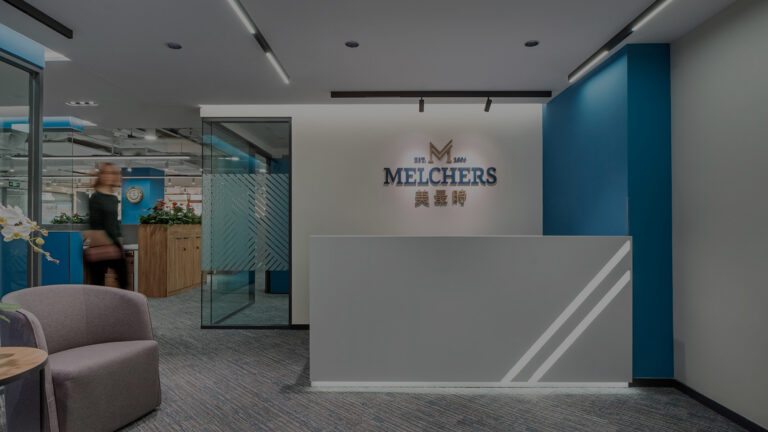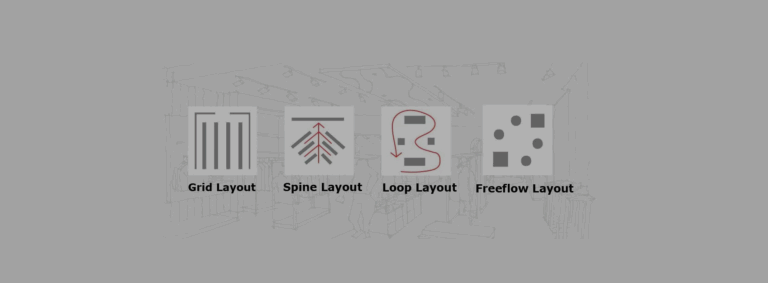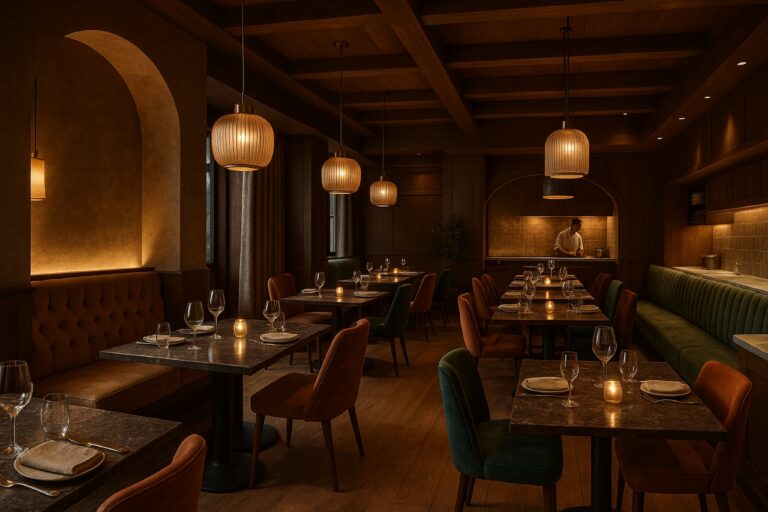In the ever-evolving landscape of retail, businesses are continually seeking innovative ways to connect with their audience and create memorable brand experiences. One such strategy that has gained significant traction in recent years is the utilization of pop-up stores. These temporary retail spaces serve as a unique and engaging channel for businesses to interact with consumers.
The Power of Pop-Up Stores
Pop-up stores have emerged as powerful tools for businesses to break through the clutter of traditional retail and connect with consumers on a more personal level. These temporary spaces provide a sense of exclusivity and urgency, driving consumers to explore and engage with the brand in a way that traditional retail spaces may not achieve. Pop-Up stores are a cost-effective way to test innovative formats, reach new audiences, and explore potential locations.
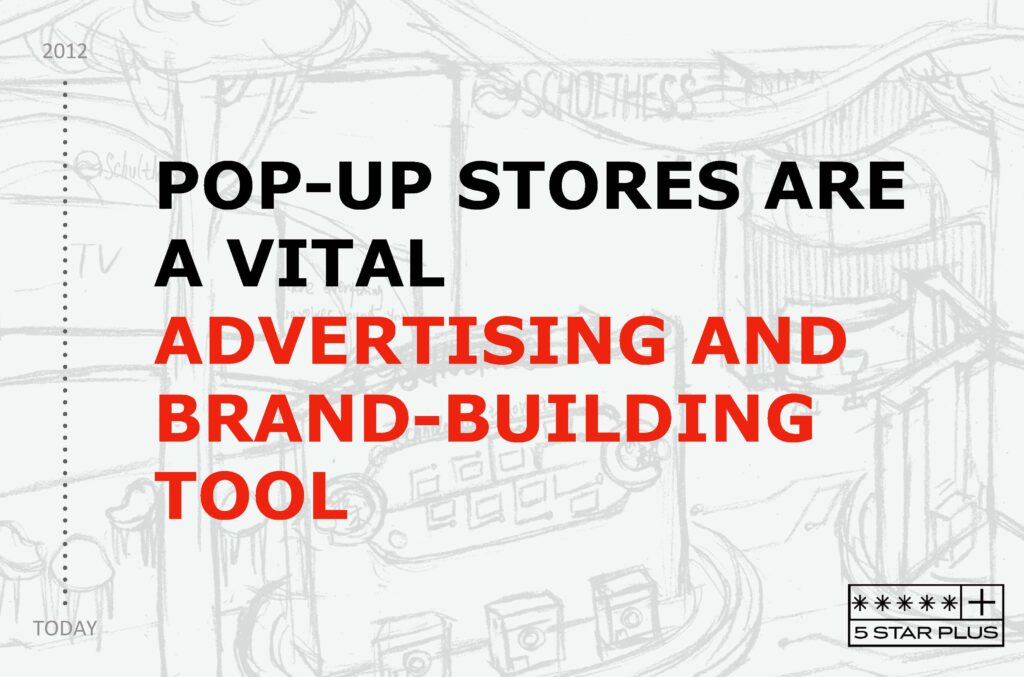
The Role of Design in Pop-Up Success
Creating Immersive Experiences:
Successful pop-ups are not just about selling products; they are about creating immersive brand experiences. Design plays a pivotal role in transforming a temporary space into a captivating environment that reflects the brand’s personality and resonates with the target audience. From the layout to the visual elements, every aspect of design contributes to the overall experience.
Brand Consistency and Recognition:
Consistency in design is crucial for reinforcing brand identity. A well-designed pop-up store should seamlessly align with the overall brand image, ensuring that customers can instantly recognize and connect with the products and messaging. This consistency builds trust and reinforces brand loyalty.
Adaptability and Flexibility:
Pop-up stores, by nature, are temporary, and their success often depends on their ability to adapt to different locations and themes. Design should be flexible enough to accommodate various spaces while maintaining a cohesive brand narrative. Portable and modular design elements enhance the adaptability of pop-up stores.
Impact of Pop-Up Stores on Businesses:
Increased Brand Visibility:
Pop-up stores generate a buzz that extends beyond the temporary physical space, helping brands capitalize on new trends and niche markets at a low cost while enabling them to go viral.
Market Testing and Product Launches:
Businesses can use pop-up stores as a testing ground for new markets or products. The direct interaction with customers provides valuable feedback, allowing companies to refine their strategies before a full-scale launch.
Staying Relevant and Adaptive:
In a rapidly changing retail landscape, businesses that embrace the pop-up concept demonstrate adaptability and a willingness to explore new avenues. This innovative approach keeps the brand relevant, attracting attention from consumers and industry peers alike.
Conclusion:
In the realm of modern retail, the role of design in the success of pop-up marketing cannot be overstated. The well-executed design transforms temporary spaces into memorable brand experiences, contributing to increased visibility, brand loyalty, and market expansion. Businesses that strategically leverage pop-up stores as part of their marketing arsenal stand to gain not only short-term success but also long-term brand growth through meaningful customer connections.

